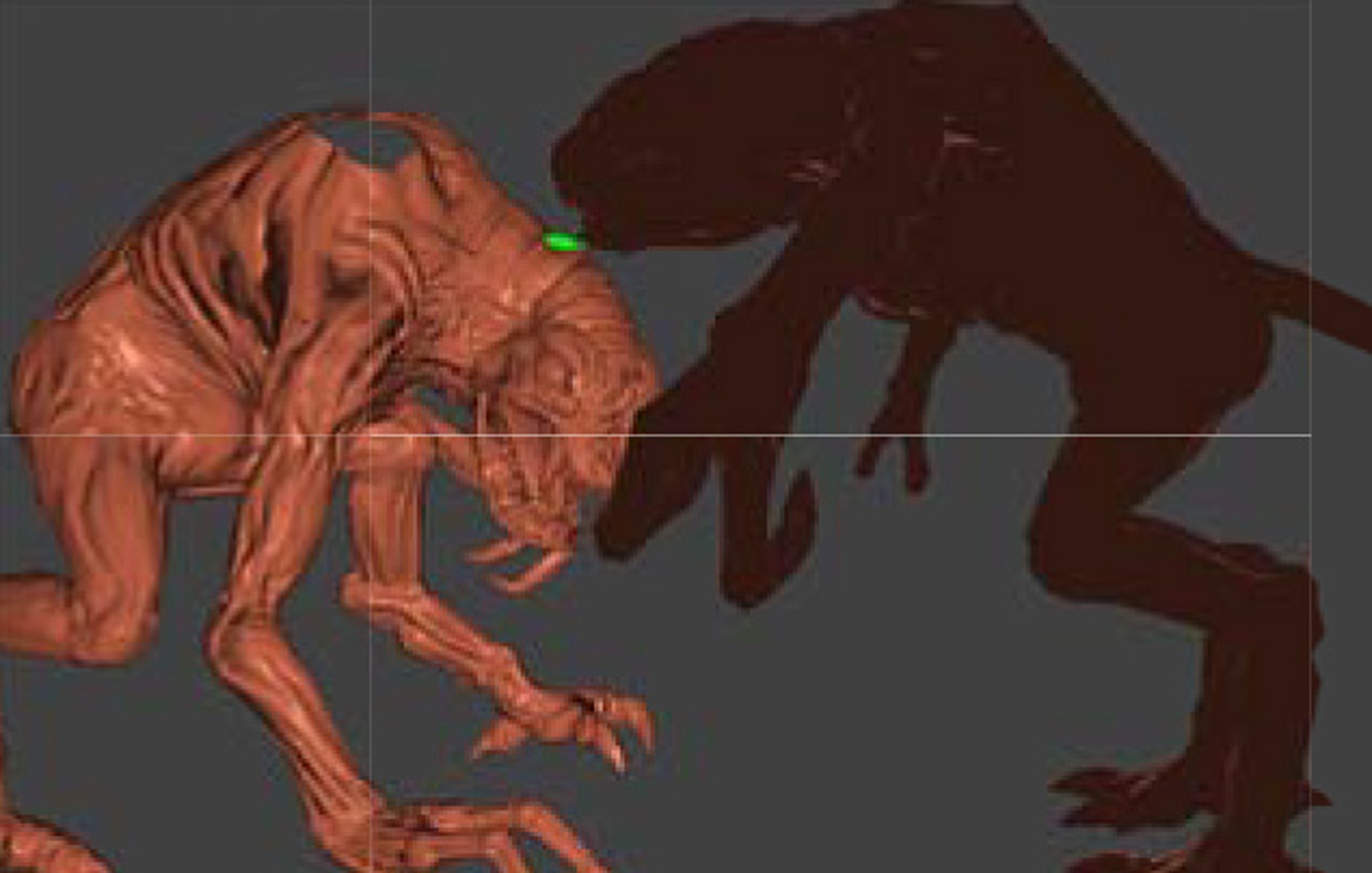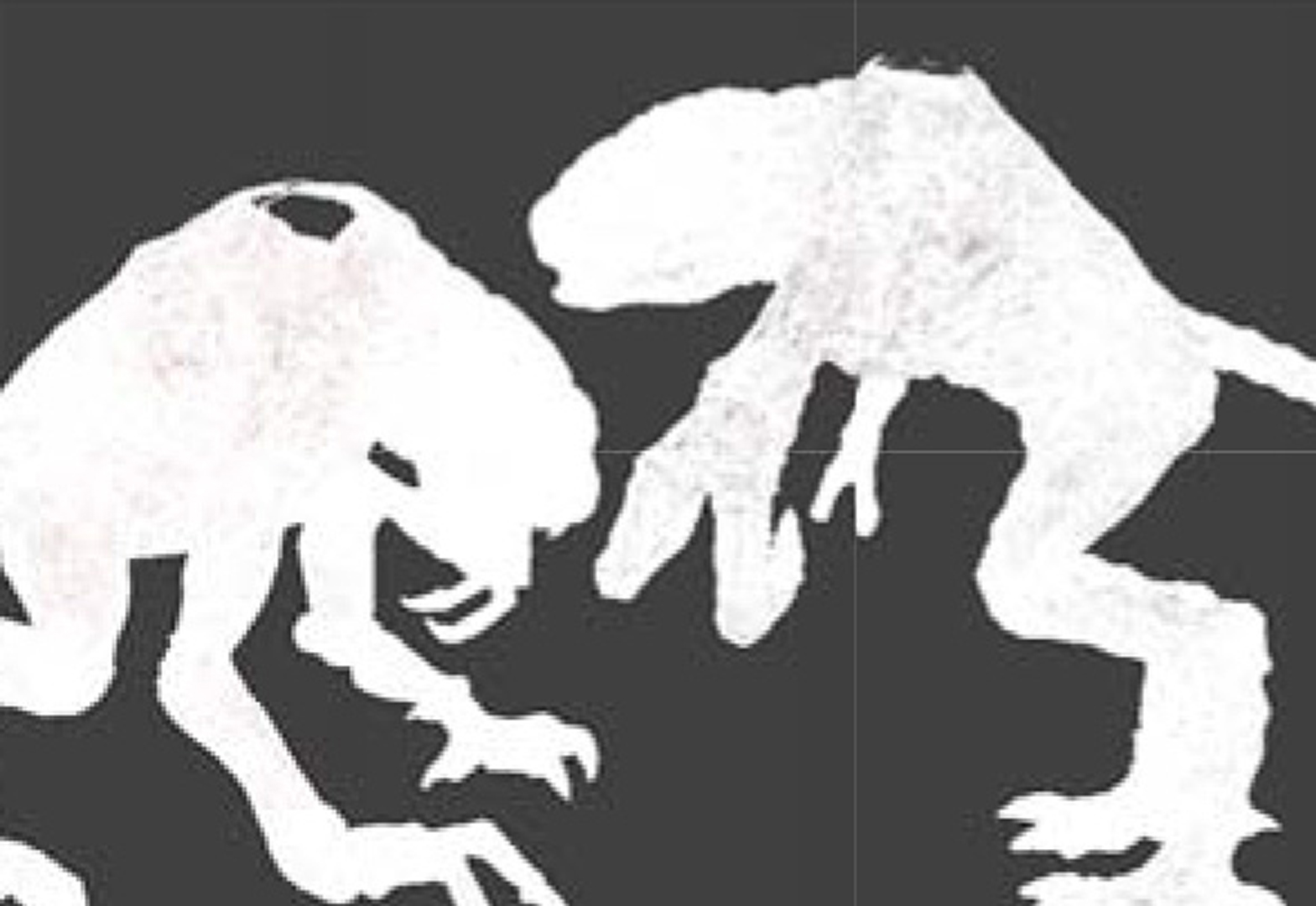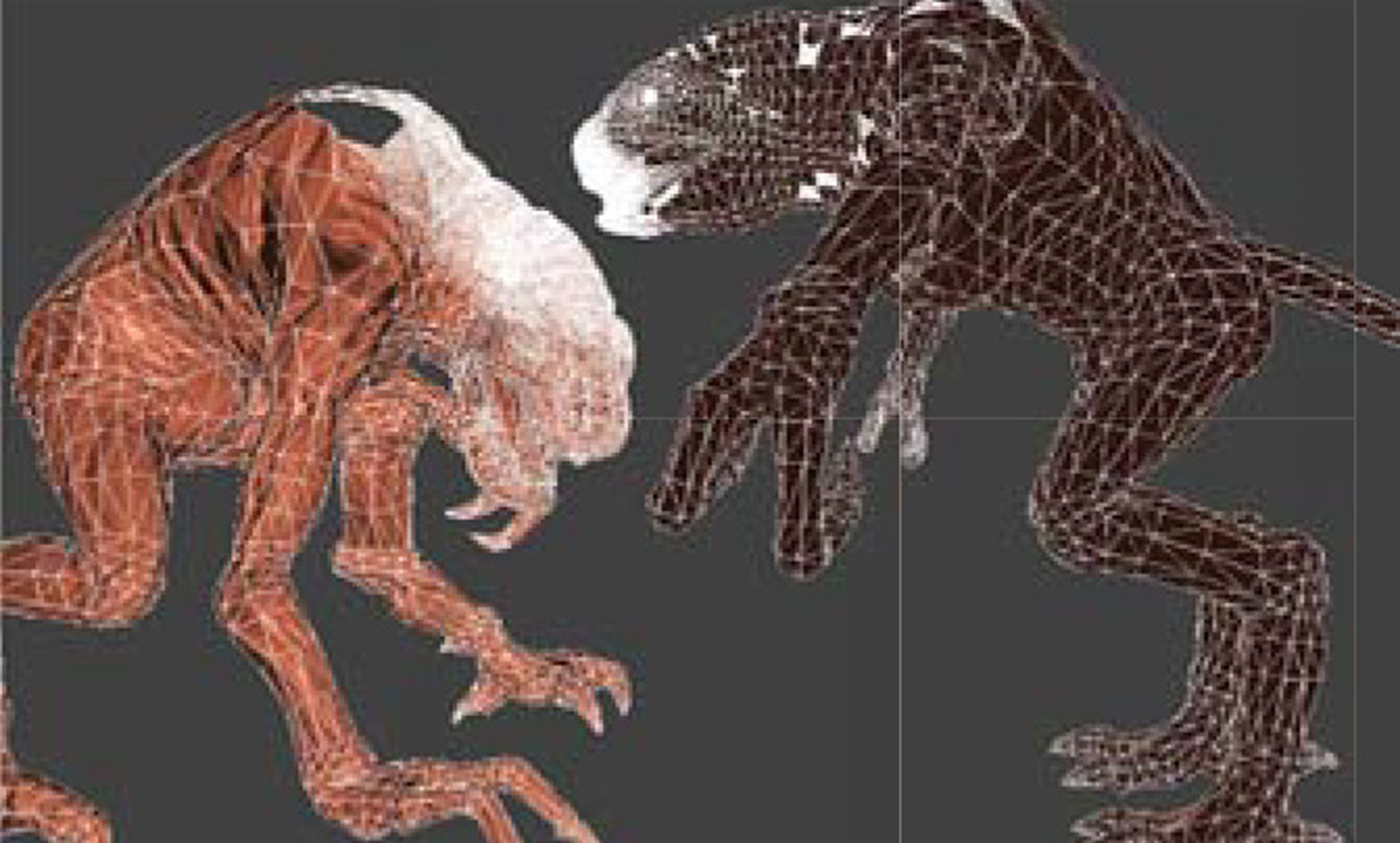“A collision detection method for high resolution objects using tessellation unit on GPU” by Rungcharoenpaisal and Kanongchaiyos
Conference:
Type(s):
Title:
- A collision detection method for high resolution objects using tessellation unit on GPU
Presenter(s)/Author(s):
Abstract:
Currently, collision detection in virtual worlds is an important research topic, since it can be applied to many categories of simulations. The current trend of research is focused on the development of Bounding Volume Hierarchies (BVHS), and how to accelerate collision detection with speed, accuracy in a way that can be applied to many types of objects such as soft and rigid bodies. As a result many previous works have focused on developing BVHS to update its bound efficiently, data structures with filters that can effectively prune the objects or areas of objects that are not going to collide as well as developing methods to detect collisions in parallel on a GPU [Min, Dinesh et al. 2011]. However, the major problems of this type of research are limitations on the object to be used, which must not have a high resolution of millions of polygons, due to limited memory on the GPU, which is not enough to retain the BVHS data structure of the whole model. Thus, if only the area of collision has a high resolution, there can be enough memory to process this kind of object. Furthermore, a Tessellation Unit on the GPU, which can tessellate the object in areas or at factors that the user wants, is currently available, but it is only used to represent the high quality images, and there is no work focusing on using it for general purpose work. Therefore, this research proposes a method to detect collisions that can be used on objects with high resolution up to millions of polygons via integration with the Tessellation Unit by tessellating objects to high resolution only in the collision areas, which can be determined in parallel using a grid in GPU. Thus, the experimental results show that this method can reduce the amount of memory usage on the GPU, but still provide accurate results in collision detection.
References:
1. Min, T., M. Dinesh, et al. (2011). Collision-streams: fast GPU-based collision detection for deformable models. Symposium on Interactive 3D Graphics and Games. San Francisco, California, ACM
Additional Images:






